Lyme Disease
Lyme disease cases have been reported from every state, although it is more commonly seen in the Northeast, Upper Midwest, and Pacific Coast. Lyme disease has also been reported in European and Asian countries.
Our dermatologists help with Lyme disease by identifying and treating the distinctive rash caused by the tick bites. At Pinnacle, our skin experts monitor the rash's progress and ensure an effective treatment plan is in place to help you manage Lyme disease's skin symptoms.
Examples of Lyme Disease
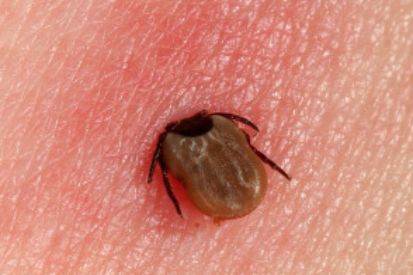
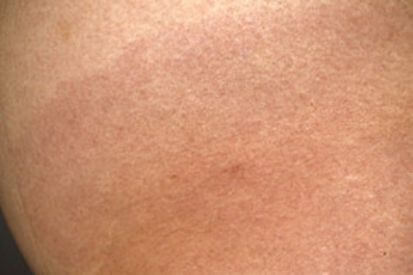
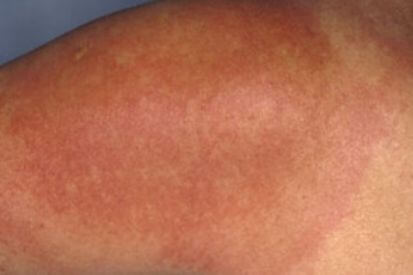
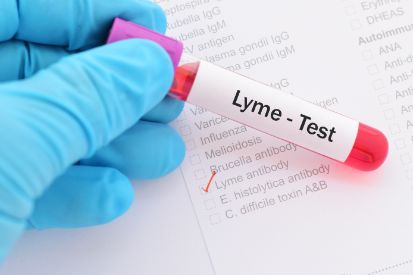
What are the Symptoms of Lyme Disease?
- In the early stages, flu-like symptoms appear such as fever, fatigue, muscle aches, and headaches.
- One of the hallmark signs of Lyme disease is a circular, red rash resembling a bull's-eye.
- If left untreated, Lyme disease can progress to more severe symptoms, including joint pain, neurological issues, and cardiac abnormalities.
Causes of Lyme Disease
- Lyme disease is caused by the bacterium Borrelia burgdorferi, which is transmitted to humans through the bite of infected black-legged ticks.
- The ticks become infected when they feed on small mammals, such as mice, carrying the bacteria, and subsequently transmit the bacteria to humans.
How to Prevent Lyme Disease
The best form of prevention is to avoid tick bites. Use insect repellent containing DEET. Wear long sleeves and pants when outdoors. Tuck the sleeves into gloves and pants into socks to keep your skin covered. After a hike, check the skin and look for any tick bites, especially on children.
If you do find a tick, don’t panic. Use tweezers to disengage the tick from the skin. Grab the tick by the head or mouthparts as close as possible to where the bite has entered the skin. Pull firmly and steadily away from the skin until the tick disengages. Clean the bite wound with disinfectant and monitor the bite mark for other symptoms. You can place the tick in a jar or plastic bag and take it to your dermatologist for examination.
Lyme Disease FAQs
The most common skin symptom of Lyme disease is a characteristic rash known as erythema migrans. It typically appears as a red, bull's-eye-shaped rash at the site of the tick bite. Other skin manifestations may include smaller rashes, hives, or bluish discoloration.
Dermatologists may diagnose Lyme disease based on the clinical appearance of the characteristic rash. Additionally, they may consider the patient's history of exposure to ticks and may conduct blood tests to confirm the diagnosis.
While skin manifestations are common, Lyme disease typically does not affect the nails or hair directly. The focus is often on identifying and treating the characteristic rash, joint pain, and other systemic symptoms.
In some cases, Lyme disease may lead to chronic skin issues, such as acrodermatitis chronica atrophicans (ACA). ACA is a rare, late-stage skin manifestation characterized by progressive skin changes, including thinning and discoloration. Dermatologists can assess and manage chronic skin issues associated with Lyme disease.
No, not all Lyme disease rashes are bull's-eye shaped. While the classic erythema migrans rash has a bull's-eye appearance, other rashes associated with Lyme disease may be uniformly red or resemble hives. Dermatologists are trained to recognize the varied skin presentations of Lyme disease.
Lyme Disease Treatment
If you suspect a tick bite, schedule an appointment with your dermatologist to determine your next steps for treatment.
Featured Blogs
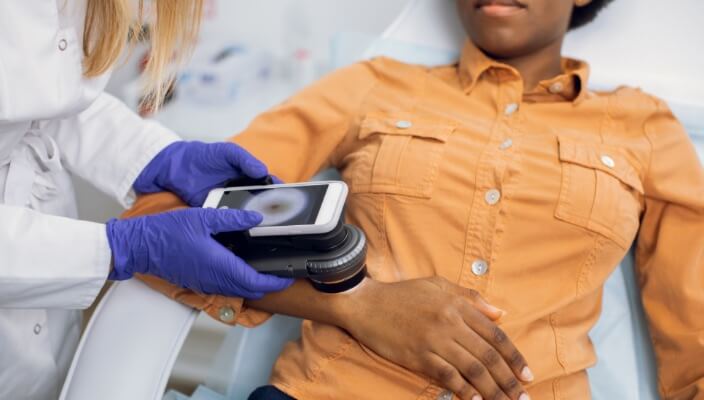
- Skin Cancer
- Skin Exams
- Sun Safety
How can you protect yourself from skin cancer year-round? Uncover the best dermatologist-recommended approaches.
Read More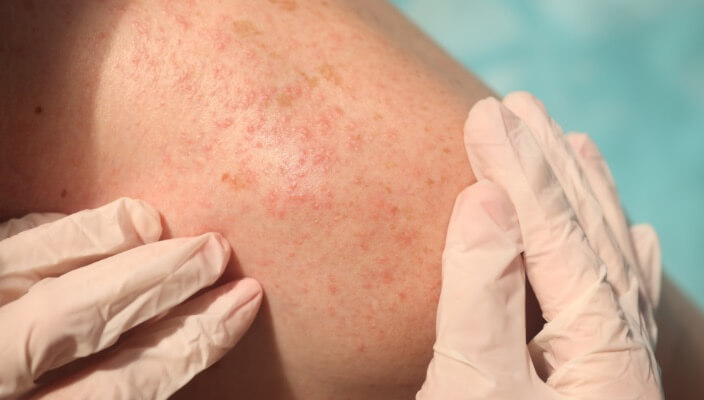
- General Dermatology
- Skin Exams
- Chronic Skin Conditions
Explore our comprehensive guide to gain insights into accurate diagnosis and expert care for chronic skin conditions.
Read More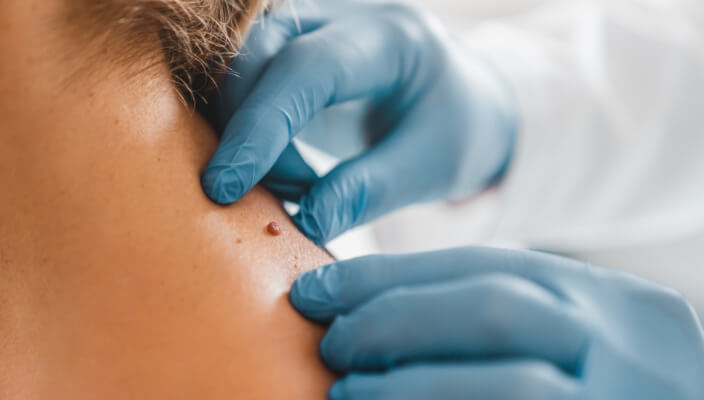
- Skin Cancer
- General Dermatology
- Skin Exams
Explore the crucial role dermatologists play in safeguarding skin health, offering insights into skin cancer prevention, early detection, and comprehensive treatment options.
Read MoreFeatured Products

EltaMD UV Lip Balm SPF 36
This creamy, long-lasting moisturizing sunscreen soothes and protects dry, chapped and sun-exposed lips. EltaMD UV Lip Balm contains 5% Hydromanil™ for immediate and long-term moisturization. Powerful UV protection and a super hydrating power make UV Lip Balm the ideal protector for all skin types and lifestyles.

EltaMD UV Lotion Broad-Spectrum SPF 30
Develop a daily sun protection habit by keeping this moisturizing sunscreen handy for the entire family. Use EltaMD UV Lotion from head to toe to hydrate the skin and protect against sun damage. 7.0 oz


